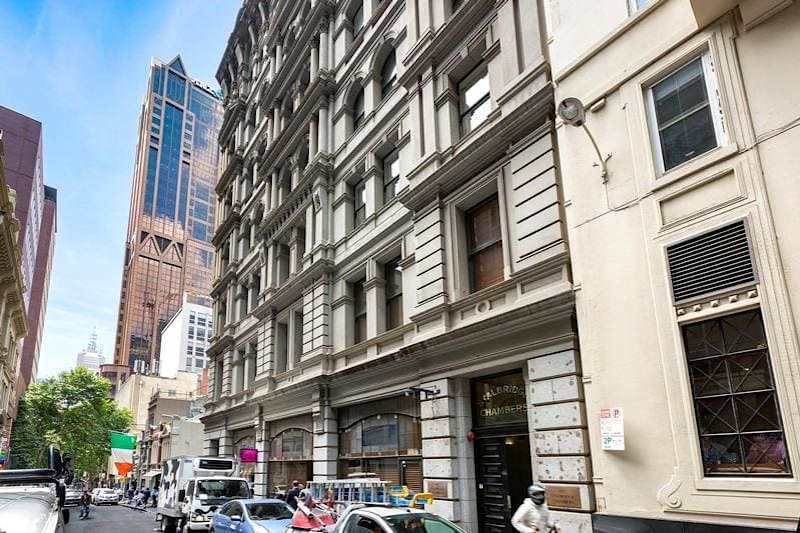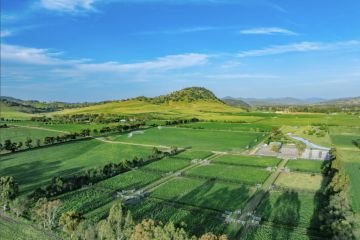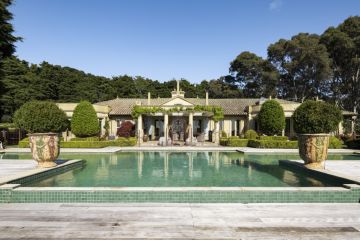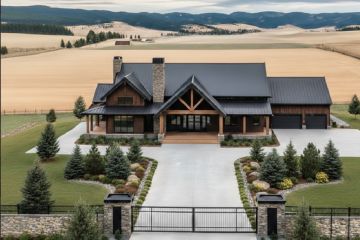Crackenback Stables by Sydney's Casey Brown Architecture awarded German design prize
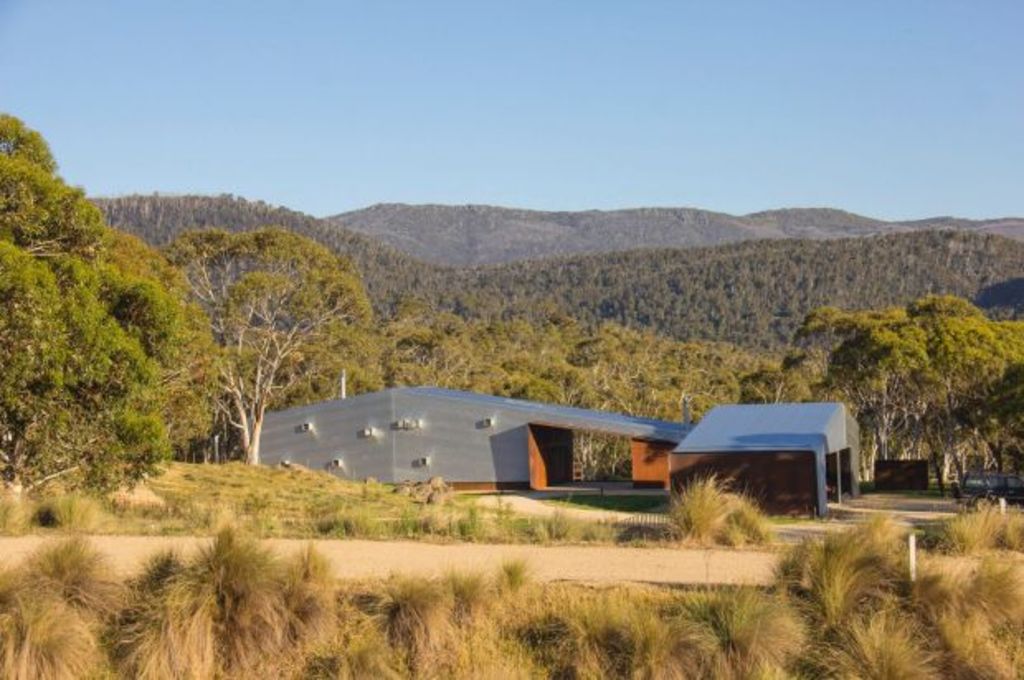
Recently, Sydney’s Casey Brown Architecture got a congratulatory letter confirming that they’d designed the best shed in the world and would a representative of the firm please come to Frankfurt in early February to pick up the award for same?
The “distinction” citation, one of a handful for international projects for (oddly) 2018, was issued by the German Design Council. Rob Brown, who with colleagues and the owner/builder of the gorgeous Crackenback Stables up in the eucalyptus-fresh Snowy Mountains near Thredbo, were all, naturally, delighted.
“Through a worldwide audit of buildings, the German Design Award found us,” Brown tells, “and they asked us to submit details of the project.” While the council claims its award to be “one of the best known in the world”, Brown says, “I’d never heard of it before. But it is a very broad award, not just for buildings.”
This pending gong for the Crackenback Stables that were completed two years ago, and that Casey Brown’s website describes reticently as “contemporary Australian sheds”, adds the fifth shiny trophy to the hoard the project has so far collected.
In 2016, it won two NSW AIA awards for residential and steel architecture, and the Australian Steel Institute’s excellence award, and this year, it was selected for one of the International Architecture awards from the august Chicago Athenaeum Museum of Architecture and Design.
Being “quite an old award”, and coming from Chicago, a place Brown calls “America’s architecture city”, the Athenaeum Award was especially welcome. The upcoming German prize, he chortles, is “the icing on the cake” for what has become the practice’s most awarded project and, “for what is basically a dead simple shed for animals – and they’re not even racehorses!”
The uncomplicated, elegant and silver steel wrapped forms of the two buildings that so far make up the compound up on the Crackenback land where ACT builder John Fielding of Bellevarde Constructions keeps his riding horses in exceptional luxury, does, says the architect, allude “to that rural Australian vernacular of shearing sheds and the like, that was done in the past without architects”.
- Related: Six of the best man-caves
- Related: Why having a shed is good
- Related: Derelict Balmain shed for sale
For the conditions that in the Australian alps can range between minus 20 degrees with 60km/h driving snow, or 30 plus degrees in summer, as well as the odd bushfire, these sheds that have underfloor-heated stabling for six horses and two apartments for Fielding and his on-site manager, “had to be strong and tough and not blow away in howling winds”.
Working to such conditions, Brown says “we just let it be and that’s how we got the unusual shapes and forms”.
Very practically too, the main stable building has a Corten-lined covered portal space – “a ginormous space” – that allows for unloading of animals, cars and gear in the worst weather, and that leaves a through-view to the mountain surrounds.
As comfortable as the buildings are for people and horses, Brown says the riding horses seem to prefer being outdoors. “They’re used to living in these mountains. But John would drive past them on bad days and look at a 12-year-old nag with a horse rug on and feel sorry for it.”
So housing the horses, “who even now only come in during the worst weather or when they’re sick”, was the stimulus for the project for a builder who, Brown says, “loves architecture, horses, skiing – oh, and his wife”.
Brown has a history of designing lovely utilitarian buildings (his 2007 Permanent Camping was another project that travelled the world’s media), and as “unflashy” as the Crackenback sheds are “with their subtle curves and two main external materials that make the buildings float in the landscape”, he relished the commission both for the romance of place and for a builder-client whom he knew would do an amazing job on the structure.
“John is a builder who builds the most beautiful buildings, beautifully.”
We recommend
We thought you might like
States
Capital Cities
Capital Cities - Rentals
Popular Areas
Allhomes
More



